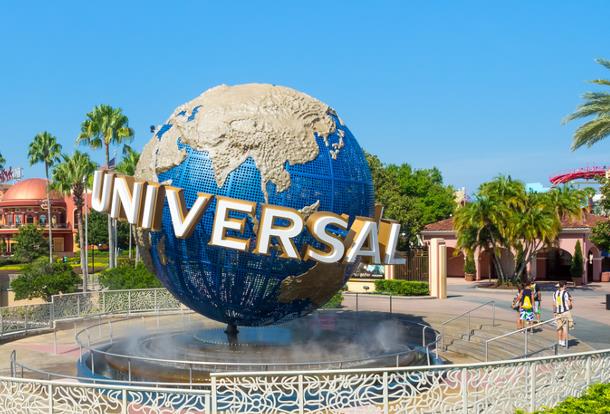Time Warner and Dreamworks are jointly investing RMB200 billion (approx: US$32.3 billion) to construct a 10 square kilometer theme park in Zhuhai, the largest of its kind in the world. The entry of such a major player is sure to heat up the competition with the existing major theme parks in the southern Chinese, including OCT, Chime Long and Hong Kong Disneyland Resort.
Construction on the Time Warner Dreamworks Zhuhai theme park will be carried out in three phases and will feature attractions based on hit movies from both studios, including Harry Potter, Transformers, Spiderman, Pirates of the Caribbean, Kungfu Panda, Madagascar and local favorite The Lotus Lantern.
Investment pouring into booming theme park market
There are currently 2,500 theme parks jostling for position in the booming Chinese theme park market. China’s eastern seaboard is the biggest battleground for the theme park market with the RMB100 billion (approx: US$16.15 billion) Shanghai Disney Resort set to open at the end of the year. Meanwhile, Wanda Tourism has announced investment of RMB21 billion (approx: US$3.4 billion) in the Wuxi Wanda Tourism City that it claims will surpass Shanghai Disney Resort. Sanrio also selected a site in Anji, Zhejiang in July last year to develop Shanghai Hello Kitty World, its first overseas resort.
Universal Studio’s RMB70 billion (approx: US$11.3 billion) Beijing theme park on a 100 hectare site was approved in November last year. China’s CITIC group and Australia’s Village Roadshow formed a joint venture and invested US$500 million to build a large-scale Hollywood theme park in Chengdu.
Poor business models hamper operations
However, one industry observer said although demand is still greater than supply in the Chinese theme park market, over 90% of theme parks are still not profitable and 80% are in the red. The biggest challenge is on determining the profit model, whether the park managements should add customer flow, food and beverage retail into the profit chain, or real estate earnings and high profit derivative earnings. Park management must also have a firm grasp of the tenets of process, interaction and customer management and experiential advertising.
A learning curve for Chinese theme park operators
Referencing the Disney model to make blockbusters and entertainment a major source of income, Songcheng Performing Arts managed to rake in RMB935 million (approx: US$151 million) revenue and RMB361 million (approx: US$58.3 million) net profit in 2014, an increase y-o-y of 37.78% and 17.11% respectively.
The Disney model is superior in that it makes money not from the theme parks but from associated derivatives. Disney exceeded forecasts when it reported US$2.18 billion in net profit, a y-o-y increase of 18%, in the first quarter of 2015.Translation by David)




